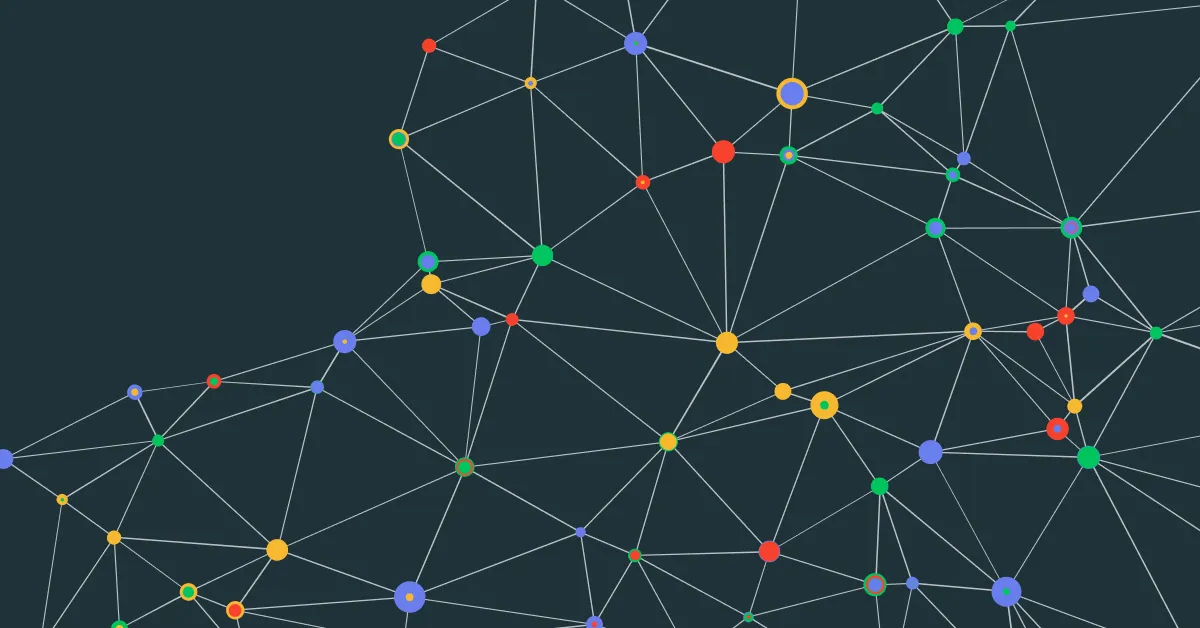In the intricate realm of cybersecurity, understanding the OSI (Open Systems Interconnection) layer model is crucial for safeguarding digital systems and networks. The OSI model comprises seven distinct layers, each responsible for specific functions within the communication process. However, this layered structure also presents opportunities for various security attacks. This blog delves into the world of common security attacks that target different layers of the OSI model.
Layer 1: Physical Layer Attacks
The Physical layer is the foundation of the OSI model, responsible for transmitting raw binary data across physical media. While it might appear immune to cyber threats, attackers can exploit vulnerabilities in this layer:
- Eavesdropping: Attackers can tap into the communication medium to intercept data transmission, compromising confidentiality.
- Man-in-the-Middle (MitM): Attackers position themselves between the sender and receiver, intercepting and potentially altering the data being transmitted.
Layer 2: Data Link Layer Attacks
The Data Link layer is responsible for node-to-node communication, ensuring data integrity and addressing within the local network:
- MAC Address Spoofing: Attackers can forge MAC addresses to gain unauthorized access to the network, potentially leading to unauthorized data interception or modification.
- ARP Spoofing: By falsifying ARP (Address Resolution Protocol) responses, attackers can redirect network traffic to their own devices, facilitating data theft or manipulation.
Layer 3: Network Layer Attacks
The Network layer manages routing and logical addressing to facilitate data transfer between different networks:
- IP Spoofing: Attackers can manipulate IP addresses to deceive network routers and gain unauthorized access to networks.
- DDoS Attacks: Distributed Denial-of-Service attacks flood a network with overwhelming traffic, rendering services unavailable.
Layer 4: Transport Layer Attacks
The Transport layer ensures end-to-end communication reliability and manages data flow:
- TCP/IP Hijacking: Attackers can intercept ongoing TCP connections and take control of the session, potentially leading to unauthorized data access or manipulation.
- SYN Flood: Attackers flood a server with a barrage of SYN requests, overloading its capacity to accept new connections.
Layer 5: Session Layer Attacks
The Session layer manages dialog control between devices, establishing, maintaining, and terminating communication sessions:
- Session Hijacking: Attackers can take over an existing session, posing as legitimate users and potentially gaining unauthorized access to sensitive data.
Layer 6: Presentation Layer Attacks
The Presentation layer handles data translation, encryption, and compression:
- Injection Attacks: Attackers exploit vulnerabilities in data syntax and semantics, injecting malicious code to compromise systems.
Layer 7: Application Layer Attacks
The Application layer provides user interfaces and network services:
- Cross-Site Scripting (XSS): Attackers inject malicious scripts into web applications, which are then executed by unsuspecting users, compromising their data.
- SQL Injection: Attackers manipulate input fields to execute unauthorized SQL queries, potentially gaining access to databases.
Conclusion
The OSI layer model is a foundational concept in networking, but its hierarchical structure also introduces various vulnerabilities that attackers can exploit. By understanding the common security attacks that target each layer, organizations and individuals can better fortify their systems and networks against cyber threats. As technology evolves, so do the tactics of attackers, making continuous learning and adaptation paramount in maintaining robust cybersecurity defenses.




